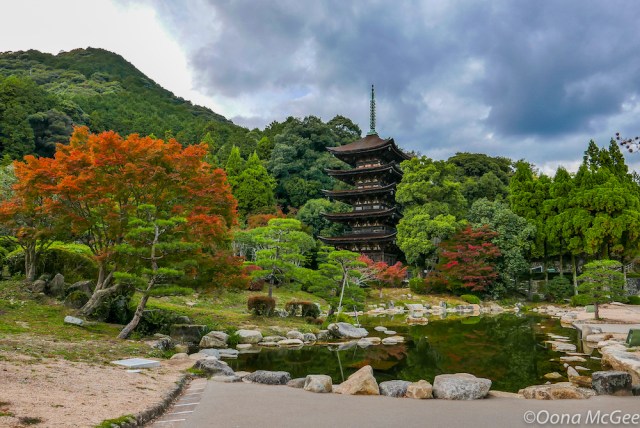
View a National Treasure, stop off at a former school for samurai sons, and stamp on a stone pavement that “sings”.
We’re getting out and about in Yamaguchi Prefecture for the next few days, as part of a trip arranged by the Tokyo Convention & Visitors Bureau, which is working to introduce off-the-beaten track destinations to international visitors ahead of the 2020 Olympic Games.
So if you’re in Japan, or planning to visit soon, and looking to explore a different side to the country unknown to most travellers, you might want to take a trip to Yamaguchi, which is less than two hours away from Tokyo by plane, or just two hours from Osaka on the Shinkansen.
There’s so much to see and do in the prefecture, and lots of delicious local specialties to try, so join us for day one of our adventure as we take you through some of the best things to see, eat and do in and around the castle town of Hagi, which come highly recommended by locals in the know.
Immerse yourself in the mystery of Tokoji Temple
Tokoji Temple is a beautiful place to visit, as it’s home to several Important Cultural Properties: the main gate, the bell tower, the treasure house, and the Sanmon triple gate.
▼ The Sanmon gate separates the world from the sacred grounds of the temple.
▼ Built by the powerful Mori clan in 1691, the main buildings here are especially unique for their Chinese-influenced style.
Behind the grounds, though, is where the real magic lies, as a hidden cemetery is tucked away in the quiet stillness of a dense forest. This is where some of the lords from the Mori clan are buried, and with stone torii gates and 500 stone lanterns creating a mysterious landscape, this sacred site has an intriguing, otherworldly atmosphere.
Go for a rickshaw ride around Hagi Castle Town
One of the best places to visit in Hagi is its beautifully preserved castle town area. Walking the streets here — or touring them by rickshaw — is like going back in time, with former samurai residences and merchant houses standing as they have for centuries, and white walls from the feudal era still lining the quiet roads.
During the Edo Period (1603-1868), Hagi was a bustling town, with samurai, craftsmen and merchants living in the area, and the roads and town plan remain identical to how it was when it was ruled by the powerful Mori Clan so many centuries ago.
Rickshaw rides start at 3,000 yen (US$27) for one person, or 4,000 yen for two, and come with a detailed explanation of the area from the friendly rickshaw runners, who have a wealth of knowledge of the area.
Step back in time at the Kikuya Residence
The Kikuya Residence was built in the early 1600s and is one of the most impressive buildings open to the public in the area. Descendants of the original owners, who were who were once members of the samurai class, are still actively involved in the preservation of the building.
▼ Kikuya-san’s husband is a descendant of the original owner, and sometimes helps to conduct tours of the residence.
With more than 400 years of history behind it, the residence is filled with thousands of original artefacts that provide an insight into how people lived their everyday lives during different centuries.
▼ This Hyakunin Isshu card set dates back to the Edo Period.
The grand residence has many entrances, so guests of varying importance can be welcomed into different areas of the house. This large corner room overlooking one of the inner gardens was forbidden to members of the merchant class, instead reserved for only the most important guests of shogun or Mori Clan ranking.
The house and grounds are both beautifully preserved after so many hundreds of years, and a stroll through the private garden reveals some beautifully manicured areas.
And when you leave, be sure to take a moment to admire the exterior walls of the residence, which are all original and date back to the Edo Period.
Go back in time to a samurai-era school at Hagi Meirin Gakusha
Continuing with the immersive samurai history experience, Meirin Gakusha is a great place to take a break or get some information about the surrounding areas. The fascinating tourist centre is housed in Japan’s largest wooden schoolhouse, which was built in 1935 on the site of a former school created for the sons of local samurai.
The long, wide wooden corridors are beautifully preserved, while the old schoolrooms now contain a wide variety of exhibits and historic items.
▼ Interactive exhibits allow visitors to draw fortunes while learning more about local historical figures.
▼ And outside you can view the former schoolhouse gate.
Rurikoji Temple
It might be a 50-minute drive away from the centre of Hagi, but seeing as this special temple is located in a picturesque area of the prefecture commonly known as the “Kyoto of the West”, Rurikoji is well worth the trip.
Designated a National Treasure, the five-storied pagoda at Rurikoji temple is ranked as one of Japan’s three greatest, and it’s easy to see why when you admire the skill and precision of the structure up close.
Located in a beautiful temple setting, it’s a relaxing place to visit. One highlight you shouldn’t miss is the Uguisubari Stone Pavement, which has an echo that “sings” like an uguisu, or Japanese bush warbler, when you clap your hands or stamp your feet on it.
Stay at Hagi No Yado Tomoe
There are plenty of budget hotel accommodations to choose from in Hagi, but those wanting a traditional Japanese experience should definitely put Hagi No Yado Tomoe at the top of their list of places to stay.
Rooms at Tomoe are spacious and come with beautiful traditional touches and views out to the central Japanese garden. You can choose to bathe in the bathroom inside your room or in the beautiful communal onsen, making for a memorable stay that’s much more spacious and relaxing than a night at a hotel.
And when it comes to dinner, Tomoe makes it a meal to remember. Served in a private dining room, women in kimono place dish after dish of carefully prepared meals in front of you, in the traditional kaiseki style. Each course is delicious and beautifully presented, using high-quality seasonal ingredients like Japanese mountain yams and matsutake mushrooms.
And before you check out, you’ll be served the most delicious and beautiful bento-style breakfast platter, with generous servings that will fill you up until lunchtime.
We hope you enjoyed this virtual trip around Yamaguchi’s best hidden gems, all done in a day’s exploring around the historic Hagi castle town region. Stay tuned for more top tips featuring other areas around Yamaguchi, coming over the next few days!
Tokoji Temple / 東光寺
Address: Yamaguchi-ken, Hagi-shi, Chinto 1647
山口県萩市椿東1647
Hours: 8:30 a.m.-5:00 p.m.
Website
Kikuya Residence / 菊屋家住宅
Address: Yamaguchi-ken, Hagi-shi, Gofukumachi 1-1
山口県萩市呉服町1丁目1番地
Hours: 10:00 a.m.-5:30 p.m.
Website
Hagi Meirin Gakusha / 萩明倫学舎
Address: Yamaguchi-ken, Hagi-shi, Emukai 602
山口県萩市江向602
Website
Rurikoji / 瑠璃光寺
Address: Yamaguchi-ken, Yamaguchi-shi, Kozan-cho 7-1
山口県山口市香山町7-1
Hours: 9:00 a.m.-5:00 p.m.
Website
Hagi No Yado Tomoe / 萩の宿 常茂恵
Address: Yamaguchi-ken, Hagi-shi, Hijiwara 608-53
山口県萩市土原608-53
Website
Photos © Oona McGee for SoraNews24

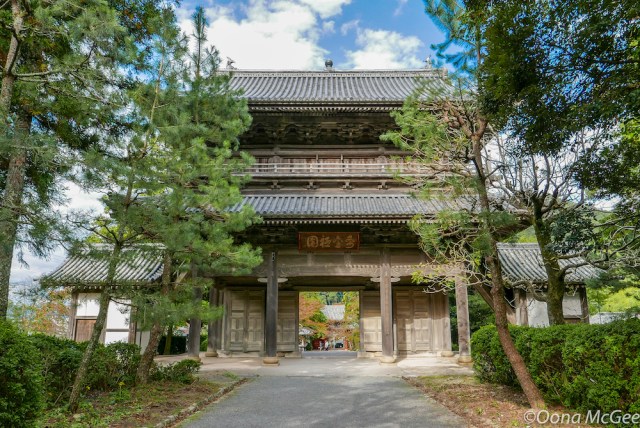
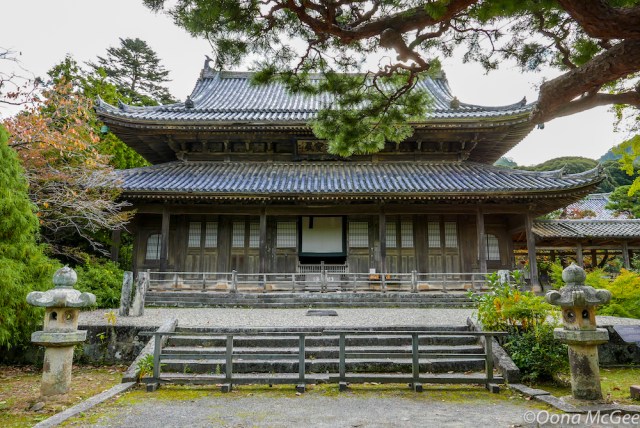
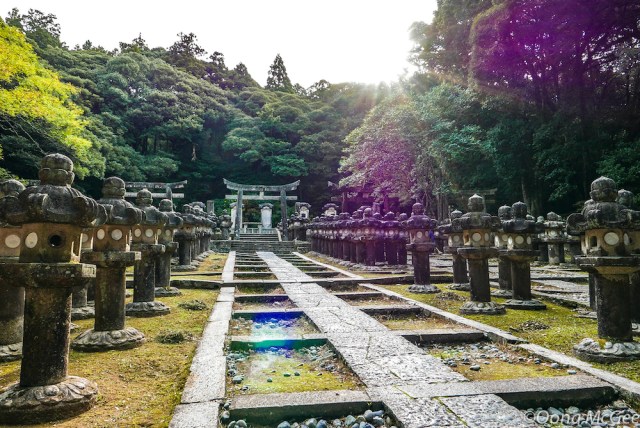
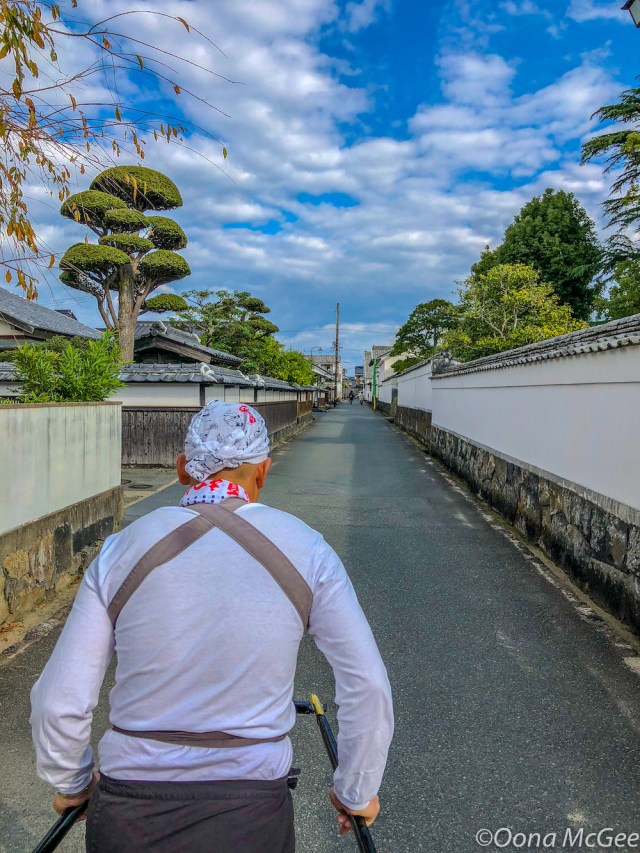

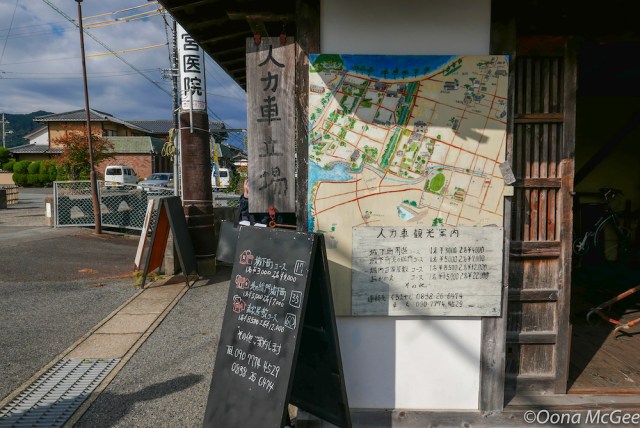

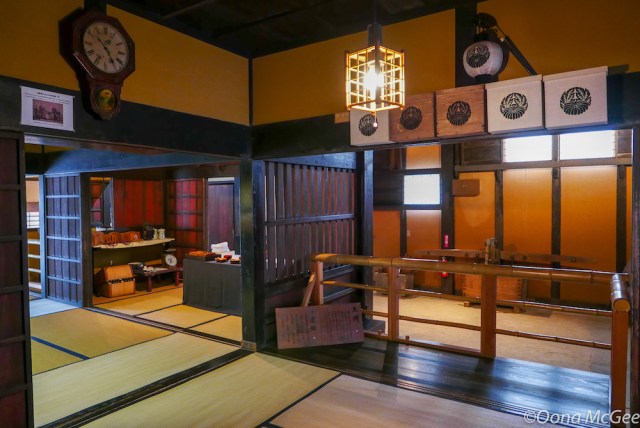
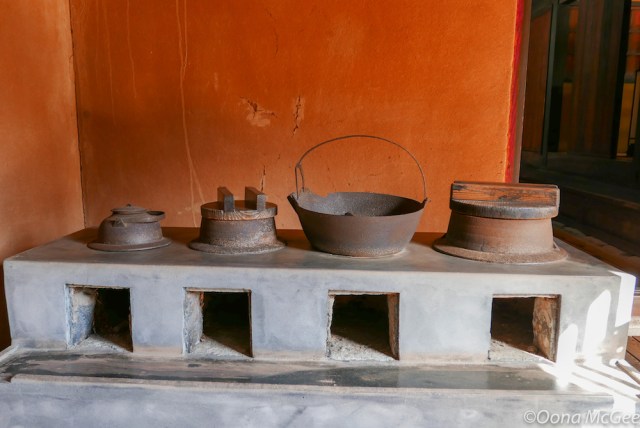
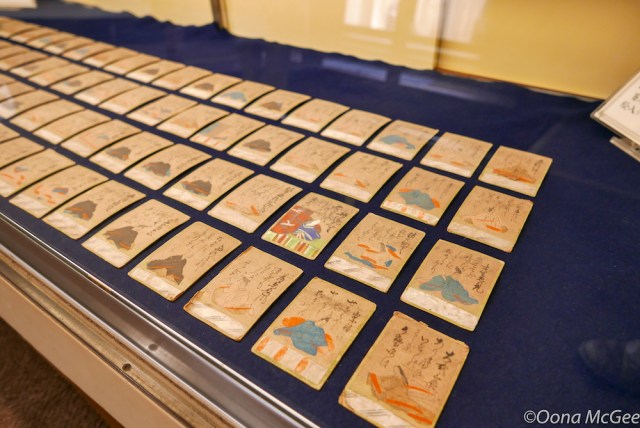
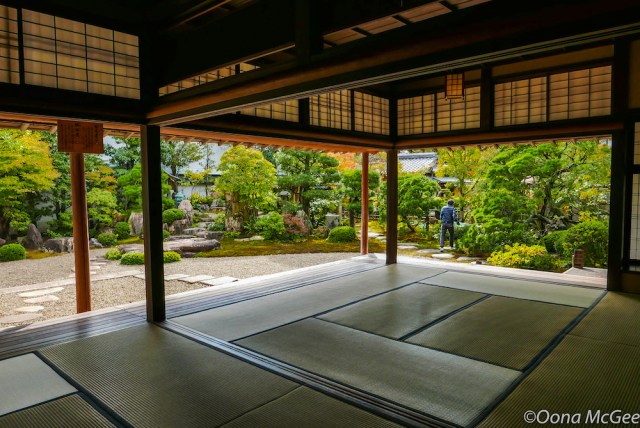
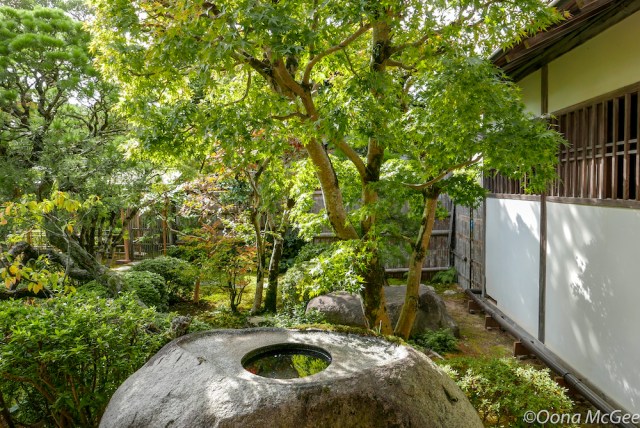
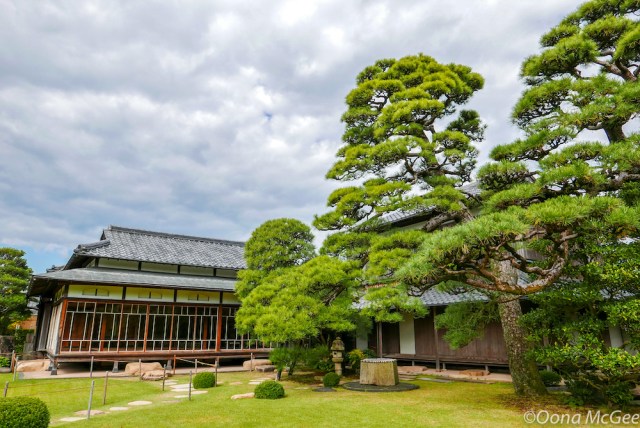
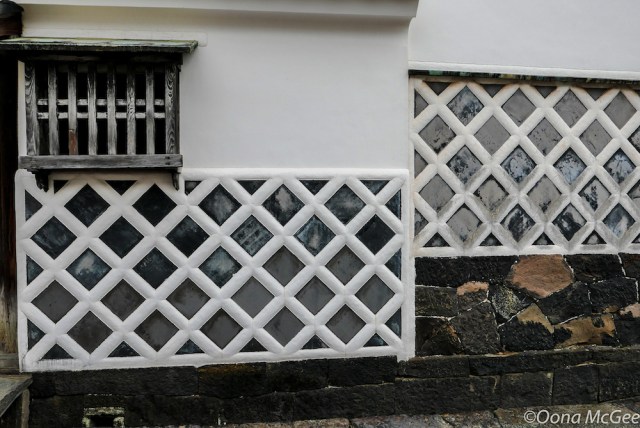
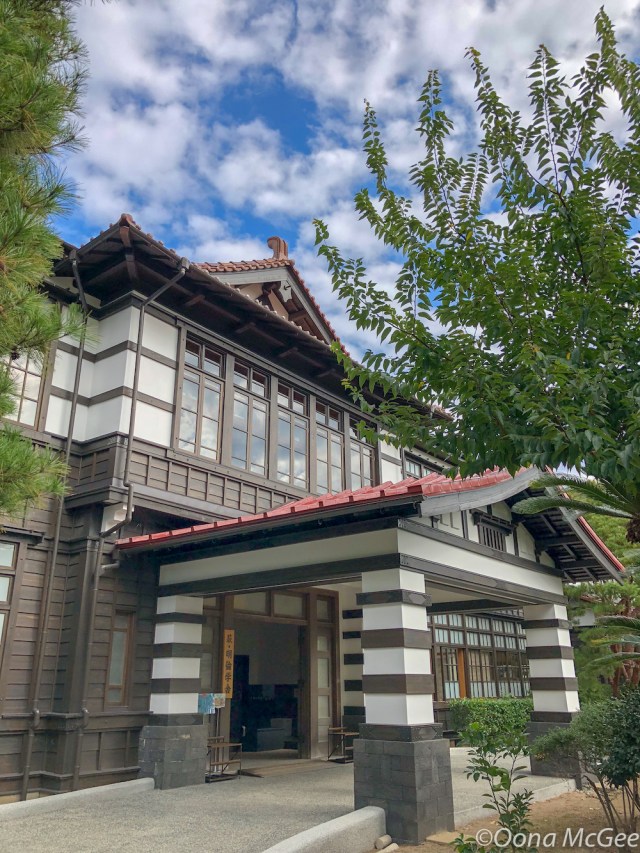
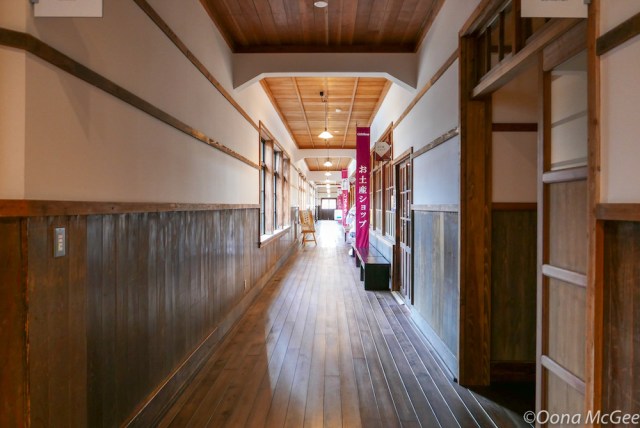
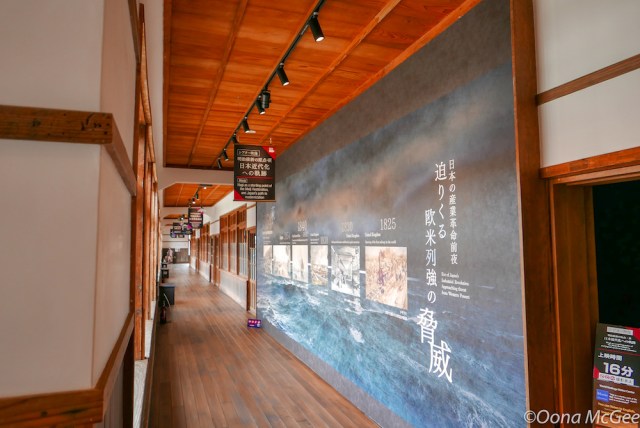
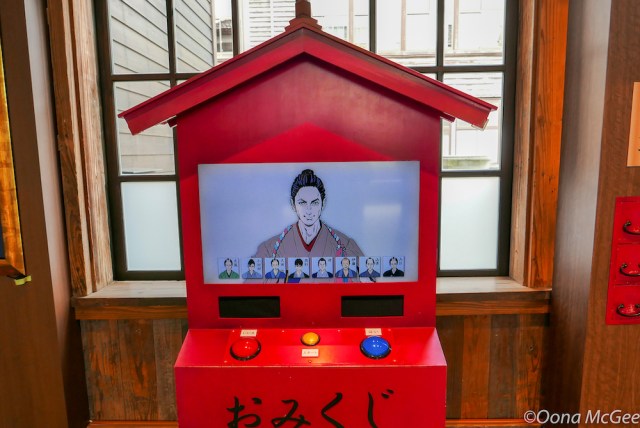
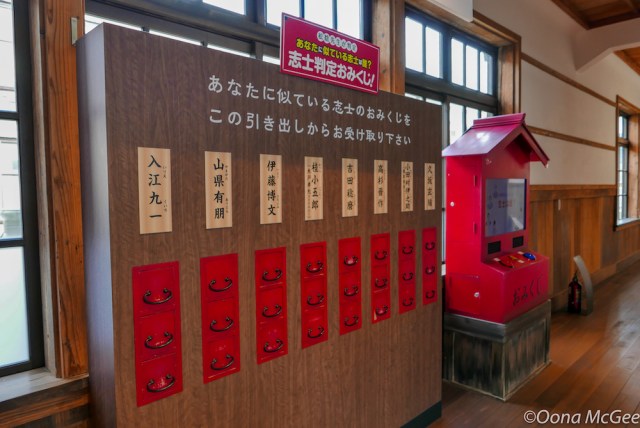
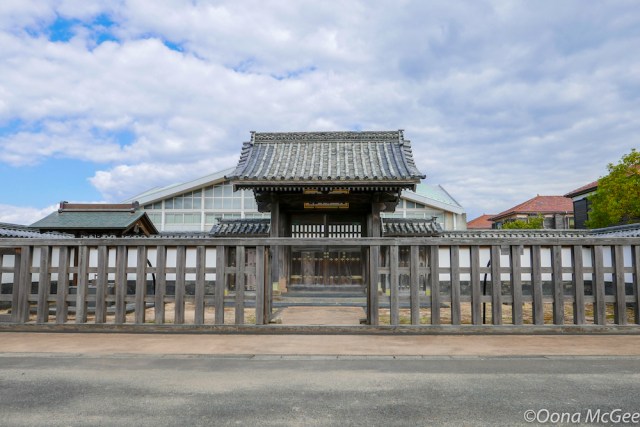
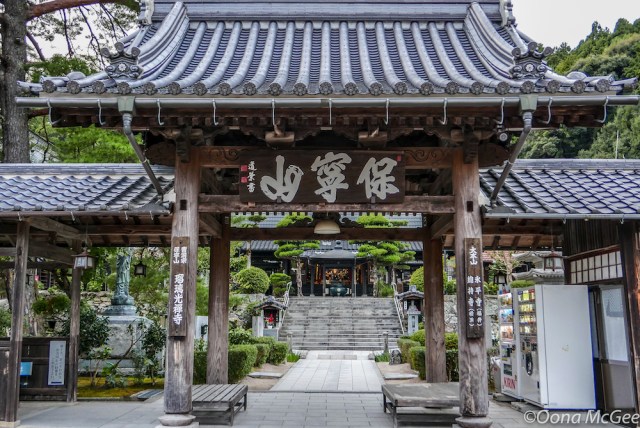
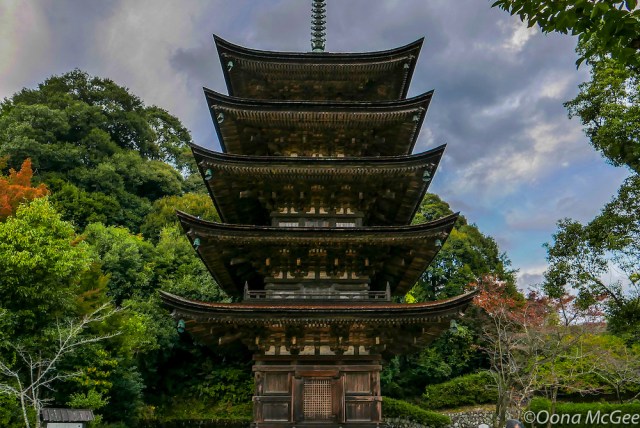
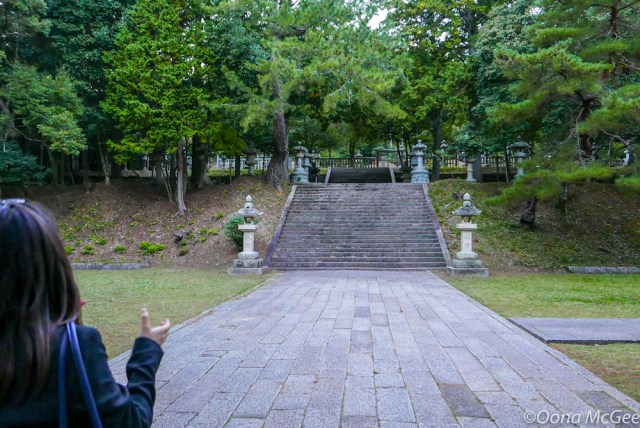
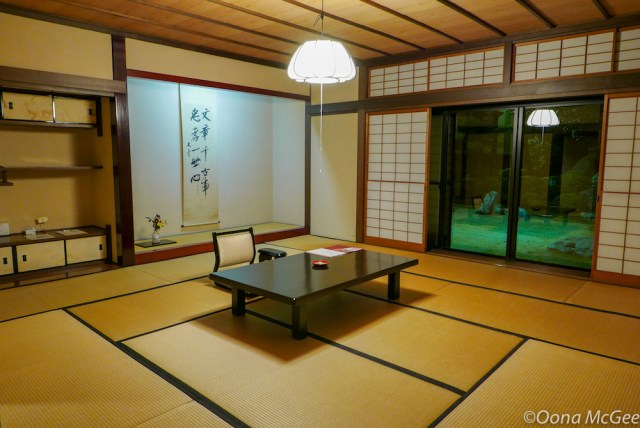
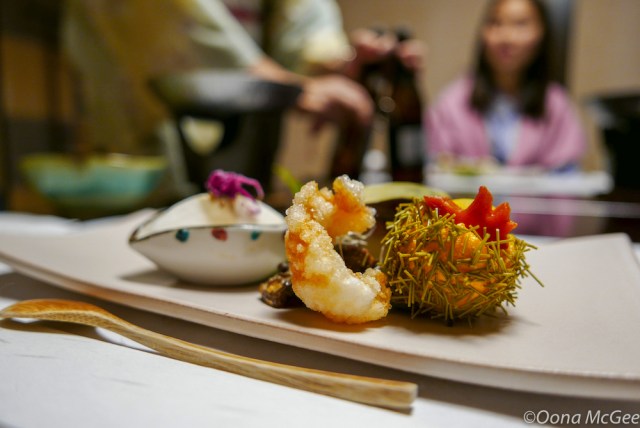
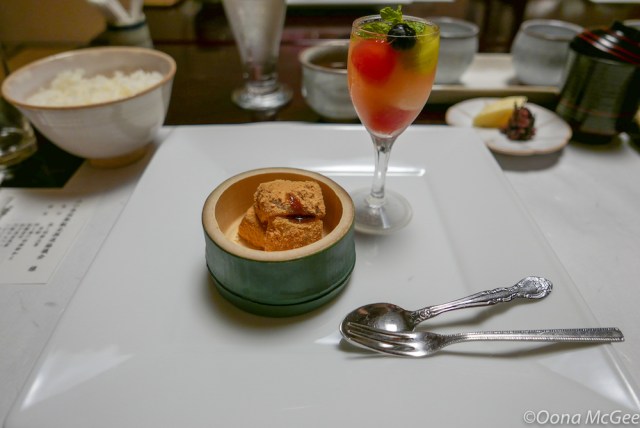
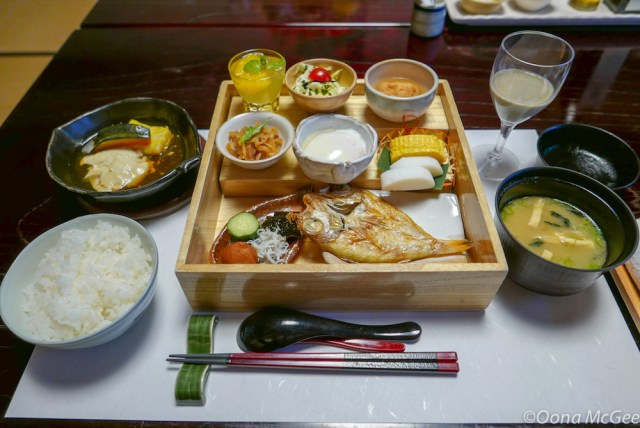
 Step aside, Hachiko! Yamaguchi’s Cat Temple offers a samurai tale of feline fealty
Step aside, Hachiko! Yamaguchi’s Cat Temple offers a samurai tale of feline fealty A visit to Japan’s cat beautiful, quirky, and touching cat temple, Unrinji【Photos】
A visit to Japan’s cat beautiful, quirky, and touching cat temple, Unrinji【Photos】 Rent an entire folk house in Japan, surrounded by nature just outside Tokyo
Rent an entire folk house in Japan, surrounded by nature just outside Tokyo Japanese castle’s new Ninja Museum sends you on an interactive shinobi mission through history
Japanese castle’s new Ninja Museum sends you on an interactive shinobi mission through history Remote airport in Shimane serves up the best honey in all Japan: Airport Honey!
Remote airport in Shimane serves up the best honey in all Japan: Airport Honey! Red light district sushi restaurant in Tokyo shows us just how wrong we were about it
Red light district sushi restaurant in Tokyo shows us just how wrong we were about it Sandwiches fit for a sumo served up in Osaka【Taste Test】
Sandwiches fit for a sumo served up in Osaka【Taste Test】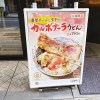 Limited-edition Carbonara Udon will anger noodle purists and pasta lovers 【Taste test】
Limited-edition Carbonara Udon will anger noodle purists and pasta lovers 【Taste test】 Japan’s massive matcha parfait weighs 6 kilos, contains hidden surprises for anyone who eats it
Japan’s massive matcha parfait weighs 6 kilos, contains hidden surprises for anyone who eats it Historical figures get manga makeovers from artists of Spy x Family, My Hero Academia and more
Historical figures get manga makeovers from artists of Spy x Family, My Hero Academia and more Beautiful Red and Blue Star luxury trains set to be Japan’s new Hokkaido travel stars
Beautiful Red and Blue Star luxury trains set to be Japan’s new Hokkaido travel stars Anime girl English teacher Ellen-sensei becomes VTuber/VVTUber and NFT
Anime girl English teacher Ellen-sensei becomes VTuber/VVTUber and NFT Pokémon Sleep camping suite and guestrooms coming to Tokyo Hyatt along with giant Snorlax burgers
Pokémon Sleep camping suite and guestrooms coming to Tokyo Hyatt along with giant Snorlax burgers Tokyo Tsukiji fish market site to be redeveloped with 50,000-seat stadium, hotel, shopping center
Tokyo Tsukiji fish market site to be redeveloped with 50,000-seat stadium, hotel, shopping center Secret Kitchen bento serves Japanese flowers, birds, wind and moon in a box, but is it worth it?
Secret Kitchen bento serves Japanese flowers, birds, wind and moon in a box, but is it worth it? McDonald’s new Happy Meals offer up cute and practical Sanrio lifestyle goods
McDonald’s new Happy Meals offer up cute and practical Sanrio lifestyle goods All-you-can-drink Starbucks and amazing views part of Tokyo’s new 170 meter-high sky lounge
All-you-can-drink Starbucks and amazing views part of Tokyo’s new 170 meter-high sky lounge More foreign tourists than ever before in history visited Japan last month
More foreign tourists than ever before in history visited Japan last month Japanese ramen restaurants under pressure from new yen banknotes
Japanese ramen restaurants under pressure from new yen banknotes French Fries Bread in Tokyo’s Shibuya becomes a hit on social media
French Fries Bread in Tokyo’s Shibuya becomes a hit on social media Studio Ghibli releases new action figures featuring Nausicaä of the Valley of the Wind characters
Studio Ghibli releases new action figures featuring Nausicaä of the Valley of the Wind characters New private rooms on Tokaido Shinkansen change the way we travel from Tokyo to Kyoto
New private rooms on Tokaido Shinkansen change the way we travel from Tokyo to Kyoto Starbucks reopens at Shibuya Scramble Crossing with new look and design concept
Starbucks reopens at Shibuya Scramble Crossing with new look and design concept Studio Ghibli glasses cases let anime characters keep an eye on your spectacles
Studio Ghibli glasses cases let anime characters keep an eye on your spectacles Beautiful Ghibli sealing wax kits let you create accessories and elegant letter decorations【Pics】
Beautiful Ghibli sealing wax kits let you create accessories and elegant letter decorations【Pics】 Studio Ghibli releases Kiki’s Delivery Service chocolate cake pouches in Japan
Studio Ghibli releases Kiki’s Delivery Service chocolate cake pouches in Japan New definition of “Japanese whiskey” goes into effect to prevent fakes from fooling overseas buyers
New definition of “Japanese whiskey” goes into effect to prevent fakes from fooling overseas buyers Our Japanese reporter visits Costco in the U.S., finds super American and very Japanese things
Our Japanese reporter visits Costco in the U.S., finds super American and very Japanese things Studio Ghibli unveils Mother’s Day gift set that captures the love in My Neighbour Totoro
Studio Ghibli unveils Mother’s Day gift set that captures the love in My Neighbour Totoro New Japanese KitKat flavour stars Sanrio characters, including Hello Kitty
New Japanese KitKat flavour stars Sanrio characters, including Hello Kitty New Pokémon cakes let you eat your way through Pikachu and all the Eevee evolutions
New Pokémon cakes let you eat your way through Pikachu and all the Eevee evolutions Disney princesses get official manga makeovers for Manga Princess Cafe opening in Tokyo
Disney princesses get official manga makeovers for Manga Princess Cafe opening in Tokyo Sales of Japan’s most convenient train ticket/shopping payment cards suspended indefinitely
Sales of Japan’s most convenient train ticket/shopping payment cards suspended indefinitely Sold-out Studio Ghibli desktop humidifiers are back so Totoro can help you through the dry season
Sold-out Studio Ghibli desktop humidifiers are back so Totoro can help you through the dry season Japanese government to make first change to romanization spelling rules since the 1950s
Japanese government to make first change to romanization spelling rules since the 1950s Ghibli founders Toshio Suzuki and Hayao Miyazaki contribute to Japanese whisky Totoro label design
Ghibli founders Toshio Suzuki and Hayao Miyazaki contribute to Japanese whisky Totoro label design Doraemon found buried at sea as scene from 1993 anime becomes real life【Photos】
Doraemon found buried at sea as scene from 1993 anime becomes real life【Photos】 Tokyo’s most famous Starbucks is closed
Tokyo’s most famous Starbucks is closed One Piece characters’ nationalities revealed, but fans have mixed opinions
One Piece characters’ nationalities revealed, but fans have mixed opinions We asked a Uniqlo employee what four things we should buy and their suggestions didn’t disappoint
We asked a Uniqlo employee what four things we should buy and their suggestions didn’t disappoint Princesses, fruits, and blacksmiths: Study reveals the 30 most unusual family names in Japan
Princesses, fruits, and blacksmiths: Study reveals the 30 most unusual family names in Japan It’s like the samurai era never ended at this beautiful Japanese mountain town
It’s like the samurai era never ended at this beautiful Japanese mountain town Japan Travel: Mysterious rockstar Jizo statue found at Kiyomizudera temple
Japan Travel: Mysterious rockstar Jizo statue found at Kiyomizudera temple “There are many mentally unwell girls in AKB48” claims ex-member of Japan’s top idol singer group
“There are many mentally unwell girls in AKB48” claims ex-member of Japan’s top idol singer group Local samurai legend is immortalized in rockin’ new short animated film by Production I.G
Local samurai legend is immortalized in rockin’ new short animated film by Production I.G Sakura in Japan 2019: The best spots for hanami cherry blossom viewing
Sakura in Japan 2019: The best spots for hanami cherry blossom viewing The most popular places in Japan for viewing sakura in 2024, according to local travel agency
The most popular places in Japan for viewing sakura in 2024, according to local travel agency Take a look at Tsunoshima Ōhashi, one of the most beautiful bridges in Japan! 【Pics】
Take a look at Tsunoshima Ōhashi, one of the most beautiful bridges in Japan! 【Pics】 10 gorgeous, must-visit places to see the autumn leaves in Japan
10 gorgeous, must-visit places to see the autumn leaves in Japan Travel around Japan with stunning videos from the 4K ultra HD video library
Travel around Japan with stunning videos from the 4K ultra HD video library Flush your prayers down the toilet at this unique Japanese temple
Flush your prayers down the toilet at this unique Japanese temple Is this chic hotel in Tokyo’s Asakusa district really a capsule hotel? As a matter of fact, yes!
Is this chic hotel in Tokyo’s Asakusa district really a capsule hotel? As a matter of fact, yes! Ridiculously powerful hot spring bath in Japan earns both our respect and our fear【Videos】
Ridiculously powerful hot spring bath in Japan earns both our respect and our fear【Videos】 Here’s how one Tokyo neighborhood mixes modern technology and traditional culture to beat the heat
Here’s how one Tokyo neighborhood mixes modern technology and traditional culture to beat the heat
Leave a Reply